How to Prune Hydrangea: A Beginner’s Guide
Hydrangeas are a popular flowering shrub that can add a beautiful touch to any garden. However, pruning is necessary to keep them healthy and looking their best. Pruning hydrangeas can seem daunting, but it can be a simple and rewarding task with the right tools and knowledge.
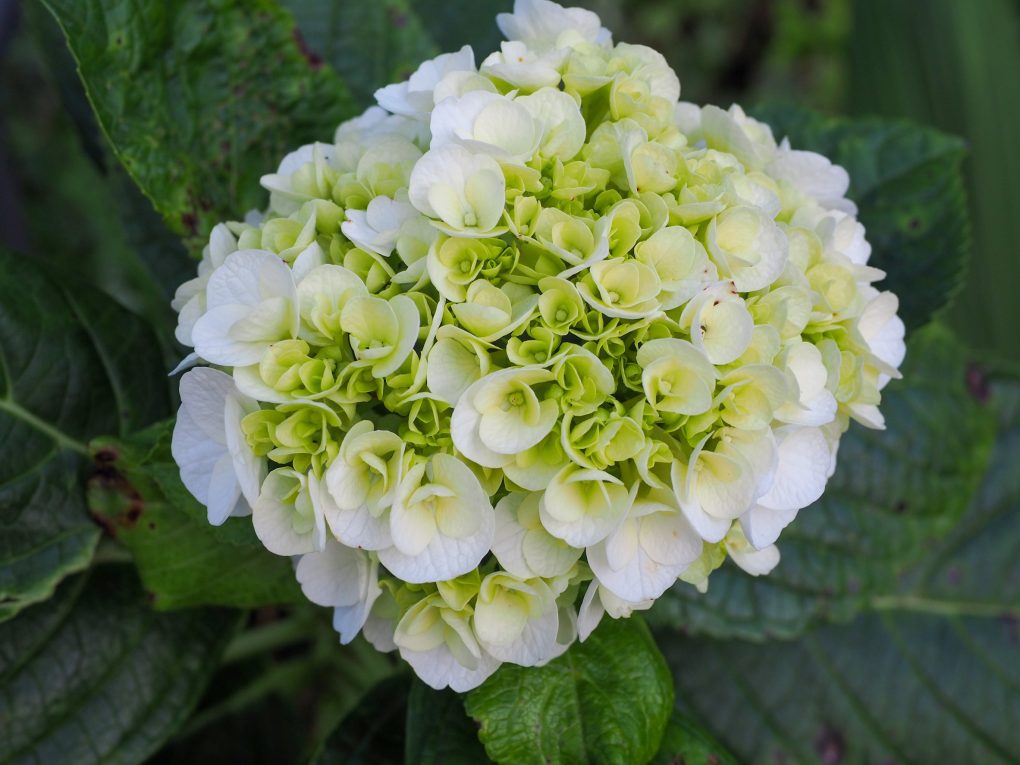
There are several reasons why pruning is important for hydrangeas. First, it helps to maintain the plant’s shape and size. Overgrown hydrangeas can become unsightly and take up too much space in the garden. Pruning also encourages new growth and can help improve the plant’s overall health.
Additionally, pruning can help to increase the number of blooms and improve their size and quality. However, it is important to prune hydrangeas at the right time and in the right way to avoid damaging the plant.
Table of Contents
Why Prune Hydrangeas?
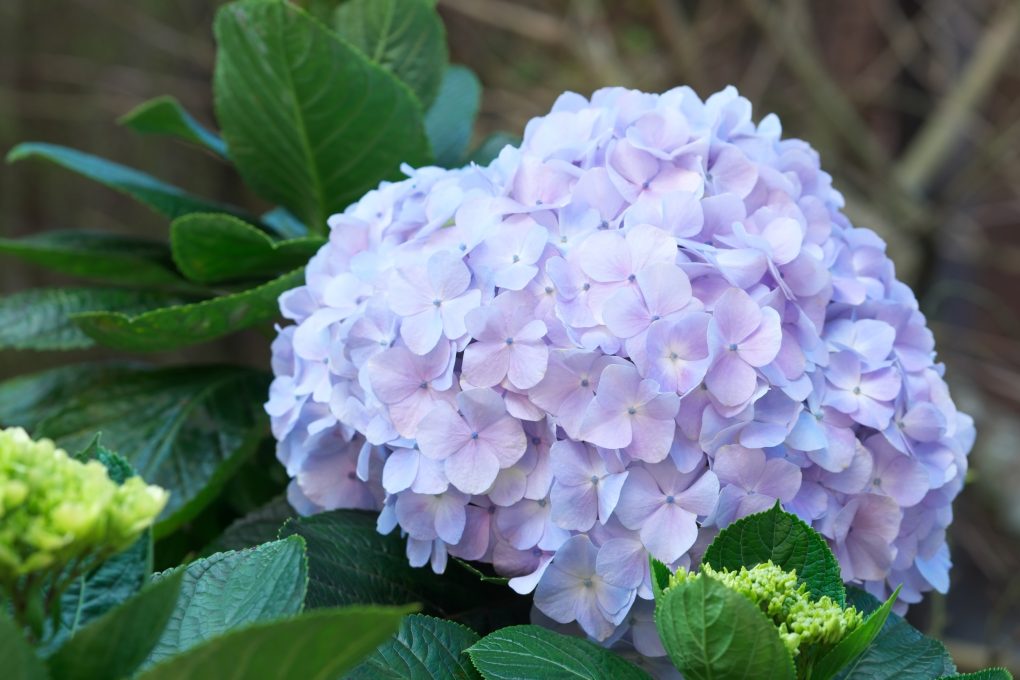
Pruning hydrangeas is essential to maintaining their health and promoting optimal growth. There are several reasons why gardeners prune their hydrangeas, including:
1. Controlling Size and Shape
Hydrangeas can grow quite large, and if left unpruned, they can quickly take over a garden or become too tall for their location. With pruning, you can control the size and shape of the plant, keeping it in proportion to its surroundings.
2. Encouraging Blooms
Hydrangeas bloom on old wood, forming the flower buds on the previous year’s growth. If the plant is pruned correctly, it may produce fewer blooms or blooms. Pruning can help remove dead wood and encourage new growth, creating more abundant and beautiful blooms.
3. Removing Diseased or Damaged Wood
Pruning can help remove diseased or damaged wood, which can hinder the plant’s growth and spread to other parts of the plant. The plant can focus its energy on healthy growth and producing beautiful blooms by removing these areas.
4. Renewing Overgrown Plants
Over time, hydrangeas can become overgrown and lose their vigor. Pruning can help renew the plant by removing old, woody stems and promoting new growth. This can lead to a healthier and more vibrant plant.
Pruning hydrangeas is an essential part of their care and maintenance. By controlling the size and shape, encouraging blooms, removing diseased or damaged wood, and renewing overgrown plants, gardeners can help ensure their hydrangeas thrive and produce beautiful blooms year after year.
When to Prune Hydrangeas
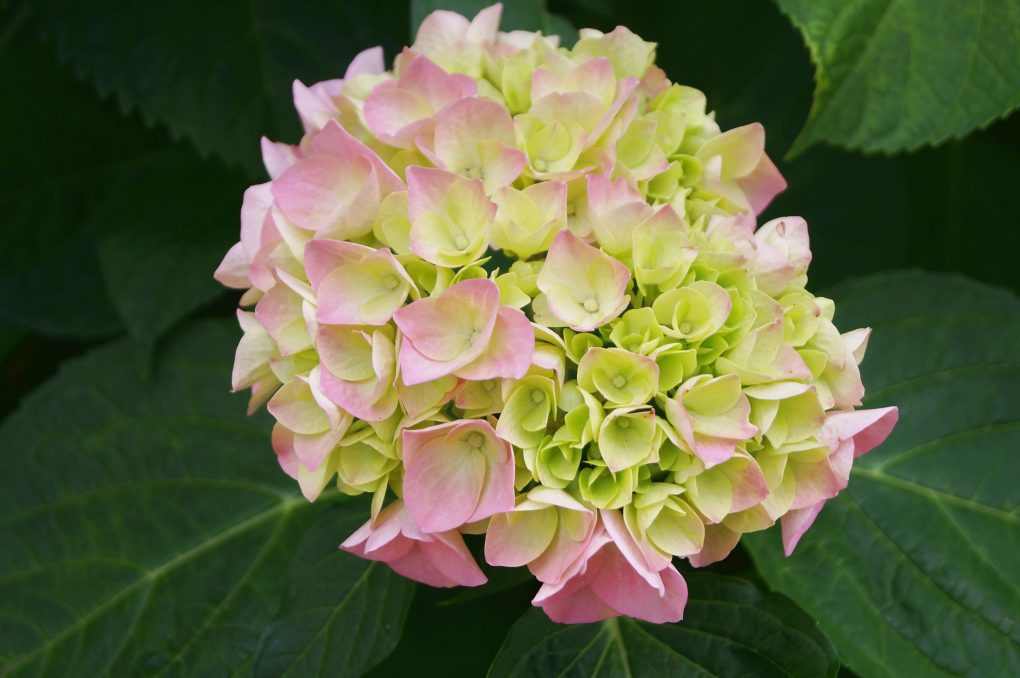
Pruning hydrangeas is an important part of their care, but knowing the right time to do so is crucial. Pruning at the wrong time can result in losing blooms for the season, so it is essential to know when to prune hydrangeas based on their type and climate.
Pruning Time Based on Hydrangea Type
Different types of hydrangeas bloom at different times, and pruning them at the wrong time can affect their flower production. Here is a table that shows when to prune hydrangeas based on their type:
| Hydrangea Type | Pruning Time |
| Bigleaf (Mophead and Lacecap) | After they bloom in the summer |
| Oakleaf | After they bloom in the summer |
| Panicle | Late winter or early spring before new growth begins |
| Smooth | Late winter or early spring before new growth begins |
Pruning Time Based on Climate and Location
The timing of pruning hydrangeas also depends on the climate and location. In areas with harsh winters, waiting until late winter or early spring to prune hydrangeas is best, as pruning them in the fall can damage the plant. Pruning can be done in the fall or early winter in warmer climates.
Here are some general guidelines for pruning hydrangeas based on climate:
- Cold Climate: Prune in late winter or early spring before new growth begins.
- Mild Climate: Prune in the fall or early winter.
- Coastal Climate: Prune in the fall or winter.
It is important to note that the above guidelines are general, and the specific timing of pruning may vary based on the location and microclimate of the plant.
Knowing when to prune hydrangeas is essential for their health and flower production. Pruning time varies based on the type of hydrangea and the climate and location. Following the guidelines above, gardeners can ensure that their hydrangeas remain healthy and produce beautiful blooms.
How to Prune Hydrangeas
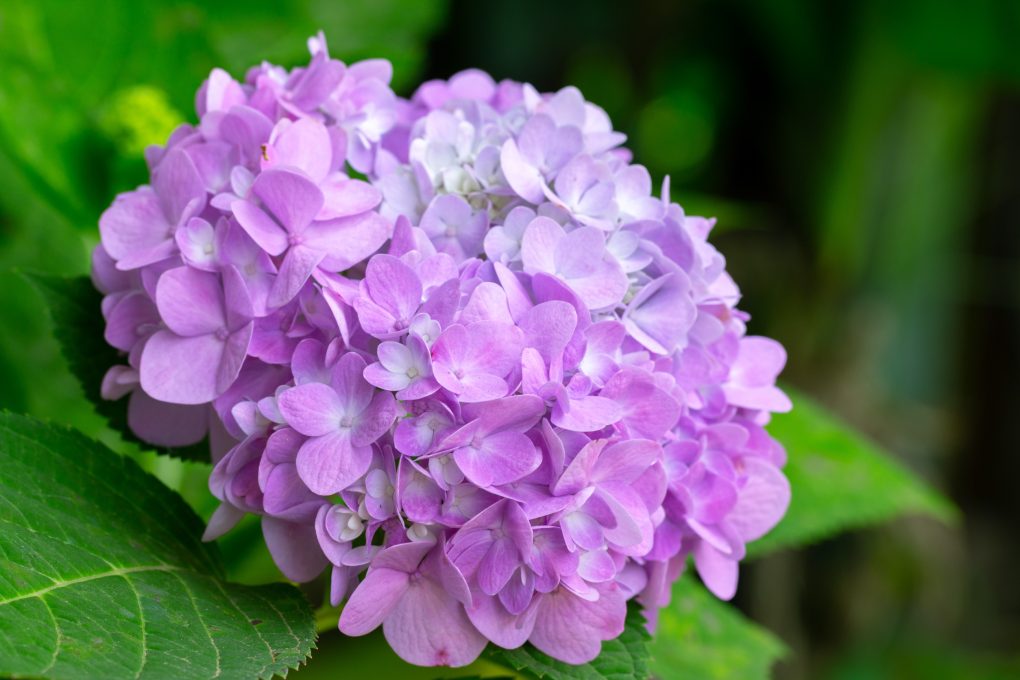
Hydrangeas are beautiful flowering shrubs that require proper pruning to maintain their health and beauty. Pruning hydrangeas involves removing dead or damaged stems, shaping the plant, and encouraging new growth. Here are some tips on how to prune hydrangeas.
Tools Required
Before pruning hydrangeas, it is important to have the right tools. Here are some tools you will need:
- Pruning shears
- Loppers
- Hand saw
- Gloves
- Safety glasses
Pruning Techniques Based on Hydrangea Type
Different types of hydrangeas require different pruning techniques. Here are some pruning techniques based on the type of hydrangea:
Bigleaf Hydrangeas
Bigleaf hydrangeas bloom on old wood, so they should be pruned after they bloom. Prune away any dead or damaged stems, but leave the rest of the stems intact. Avoid pruning them too hard, as this can damage the plant and reduce the number of blooms.
Panicle Hydrangeas
During the late winter or early spring, you can prune panicle hydrangeas to encourage new growth and more blooms. Cut back the stems to about 12 inches from the ground to encourage new growth.
Smooth Hydrangeas
Trim smooth hydrangeas in late winter or early spring to encourage new growth and more blooms. Remove about 6 inches of stems from the ground.
Oakleaf Hydrangeas
Oakleaf hydrangeas bloom on old wood, so they should be pruned after they bloom. Prune away any dead or damaged stems, but leave the rest of the stems intact. Avoid pruning them too hard, as this can damage the plant and reduce the number of blooms.
Pruning hydrangeas can be tricky, but it can be done easily with the right tools and techniques. By following these tips, you can keep your hydrangeas healthy and beautiful year after year.
Pruning Tips and Tricks
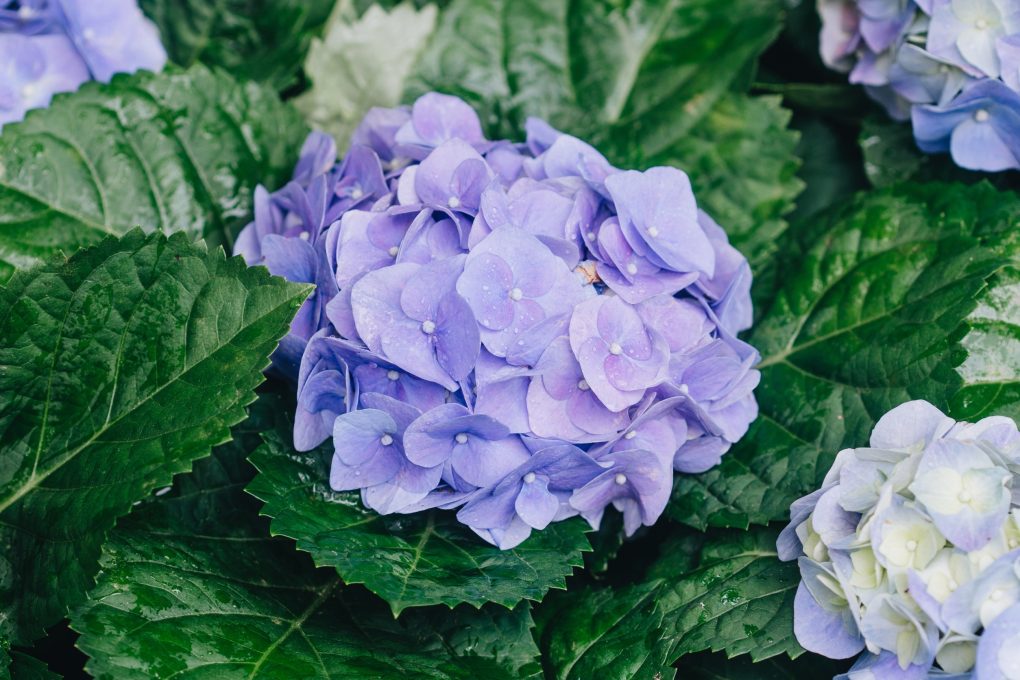
How to Avoid Over-Pruning
Over-pruning can damage hydrangeas and reduce their ability to produce flowers. To avoid over-pruning, gardeners should follow a few simple tips. Firstly, they should avoid cutting back more than a third of the plant in a single pruning session. Secondly, they should only prune hydrangeas in the spring or late summer when the plant is dormant. Finally, they should be careful not to prune too close to the base of the plant, as this can cause damage to the roots.
How to Promote Healthy Growth
Pruning is an essential part of promoting healthy growth in hydrangeas. Gardeners should start by removing any dead, diseased, or damaged wood. They should also remove any crossing branches rubbing against each other. This will help improve air circulation around the plant and reduce the disease risk. Gardeners should also prune back any long, leggy stems to encourage the plant to produce more compact growth.
How to Maintain Shape and Size
Hydrangeas can grow quite large, so it’s important to maintain their shape and size through regular pruning. Gardeners should start by removing any dead or damaged wood. They should then thin out the center of the plant to improve air circulation. Finally, they should prune back any long, leggy stems to encourage the plant to produce more compact growth. If the hydrangea gets too large, gardeners can cut it back by up to a third to reduce its size.
In summary, pruning hydrangeas is essential to maintaining healthy growth and promoting beautiful flowers. By following these tips and tricks, gardeners can avoid over-pruning, promote healthy growth, and maintain the shape and size of their hydrangeas.
